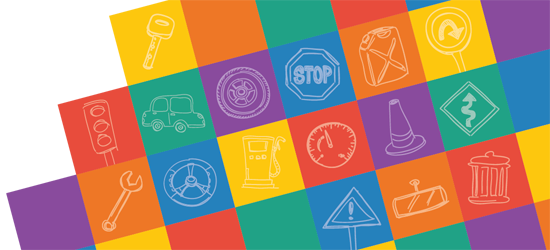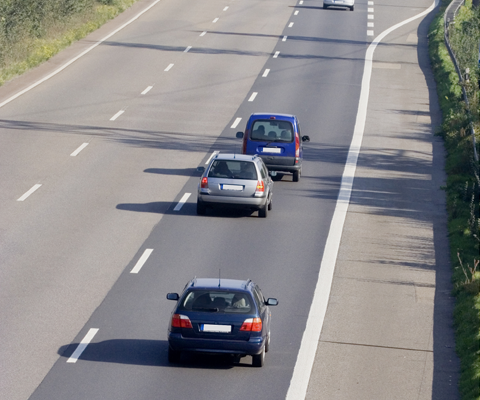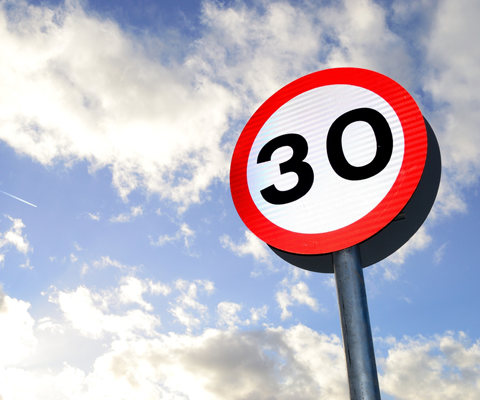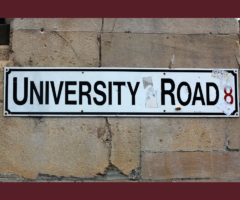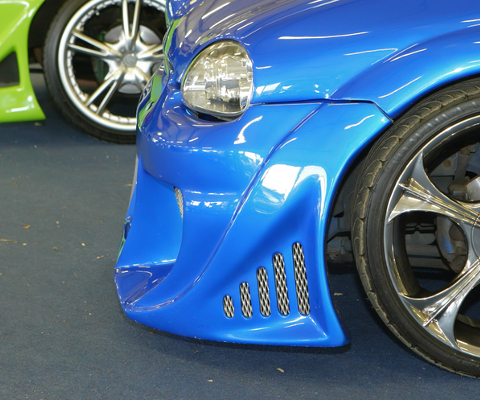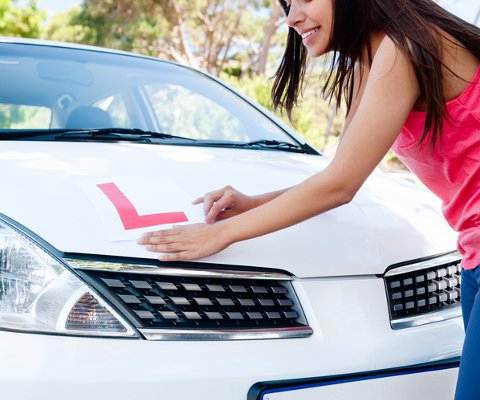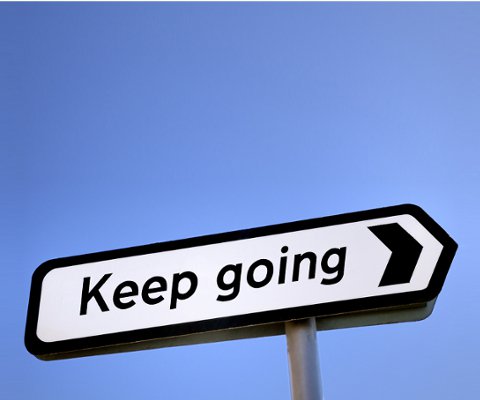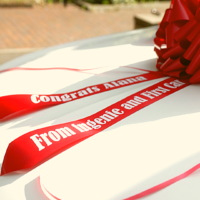
Driving tips and other life stuff
Improving your braking: preparing for junctions
Junctions, roundabouts, traffic lights, crossroads - all common places where we see drivers rack up harsh braking feedback messages. But why is that you ask?
Well, because they're busy locations on the road where traffic is constantly changing. And if you're not prepared for that change, because you're in a rush or you've misjudged your timing, you're going to be forced to stamp on the brake pedal.
Here's some more braking tips on how to approach a junction safely.
Junctions and traffic lights
You know how junctions work. You practised them perfectly 1,000 times during your lessons. And yet since then the bad habits are just starting to creeeeeep in.
So let's refresh. When you see a set of traffic lights or a junction coming up, that's your cue to start decreasing your acceleration. This takes away the car's power meaning you're increasing the time you have to slow down naturally, without the need for harsh braking.
It goes a little something like this:
- Start braking gently on the approach
- Then, brake more firmly to get rid of most of your speed
- Make sure you're in second gear (this will help you slow down too)
- As you reach the junction or crossing, press the brake down fully to come to a complete stop - if you need to
If you're hitting the brakes hard on the approach to traffic lights, start scanning your surroundings leading up to lights rather than just focusing on driving through them. If you can see the lights have been green for a while, be aware that you may need to come to a stop and prepare for that sooner.Joanna
ingenie's Driving Feedback Team
Prepare for potential hazards
Potential hazards are all the things you see on the roads and pavements that COULD cause you to react behind the wheel. They're usually easier to deal with than a developing hazard which is something that IS happening.
A bit like when you see a wasp casually flying around the room but then it starts coming straight for you. You have time to open the window or - my personal favourite - run out the room screaming.
If you spot something that COULD turn into a hazard (probably something a bit bigger than a wasp) ease off the accelerator to lessen your car’s power. Often, the potential hazard may resolve itself quickly - like a parent grabbing their childs arm as they realise their little one was about to step out.
In cases like that, you're good to ease back on the gas and pat yourself on the back for nailing your hazard awareness.
Cars are one thing, but there's tonnes of other clues you can look out for, for what a driver is going to do next.
- Where are they looking?
- What direction are their wheels pointing in?
- Does the driver look distracted?
- Have they seen you?
The more you ask yourself these questions, the more it will become an automatic thought process. If you know your braking isn't your strong point, try practising in busier times and environments. Prior preparation prevents poor performance right?
Precisely.
Not satisfied with your Okay driving feedback? Here's some more braking tips from ingenie's Driver Training that will save you cash on petrol AND get you into the green.
By Katey Gregory
Katey Joined ingenie in 2014 and is in charge of all things social and content. She passed her driving test in 2015 and her first car is a Toyota Yaris T3 named Tyrone.

